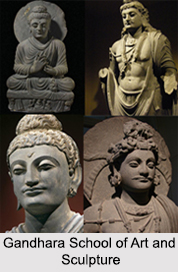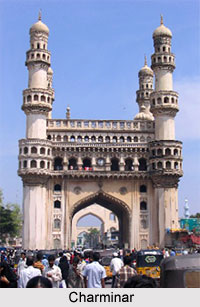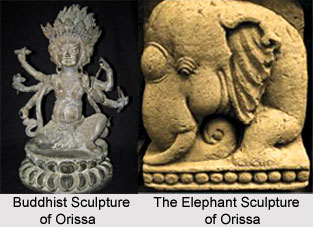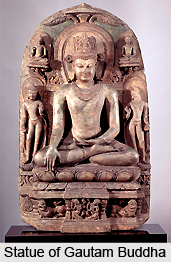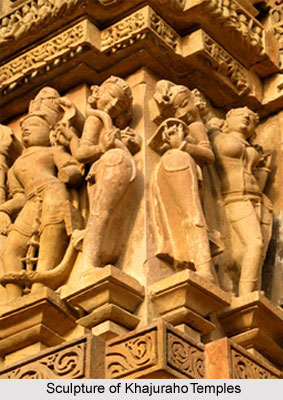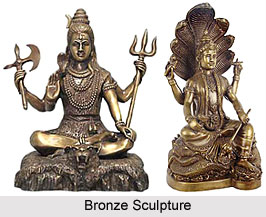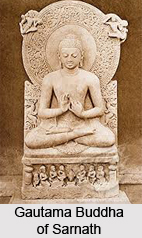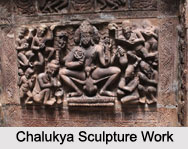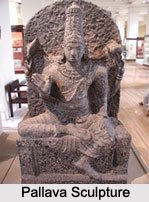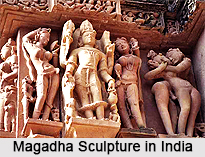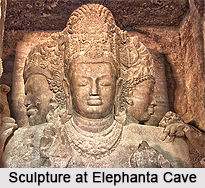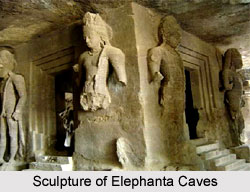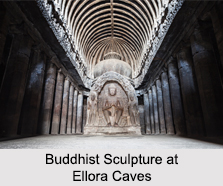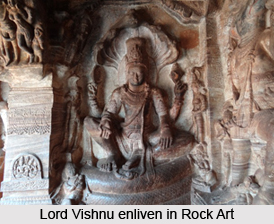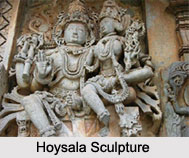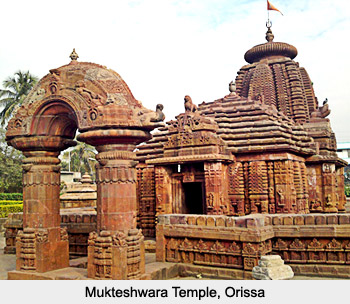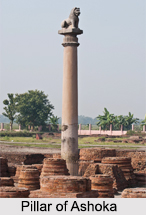 Buddhist Indian sculpture is a type of sculpture which was developed in India around 255 BC, especially, due to the efforts of Mauryan emperor, Ashoka. He was impressed by the ideologies of Buddhism and adopted it as the state religion. It was on his initiative that some remarkable Buddhist Indian sculptures were carved out. These sculptures were used for popularising this new religion. Buddhist Indian sculpture was simpler compared to the later sculptures which evolved in India.
Buddhist Indian sculpture is a type of sculpture which was developed in India around 255 BC, especially, due to the efforts of Mauryan emperor, Ashoka. He was impressed by the ideologies of Buddhism and adopted it as the state religion. It was on his initiative that some remarkable Buddhist Indian sculptures were carved out. These sculptures were used for popularising this new religion. Buddhist Indian sculpture was simpler compared to the later sculptures which evolved in India.
History of Buddhist Indian sculpture
The first historical Buddhist sculpture in India is of the Mauryan period in the 4th-3rd centuries B.C. Emperor Ashoka rooted the formation of monolithic pillars of stonework which are about 30 to 40 feet high, topped by animal figures like the bull, lion and elephant, and had engraved with the Buddhist concepts of ethics, humanity and holiness. The most amazing of them all is the extremely polished monolithic lion-capital found at Sarnath, which is now the Emblem of the Government of India. The expansion of Buddhist art influenced the development of Hindu art, until Buddhism nearly disappeared in India about the 10th century due to the crucial development of both Islam and Hinduism.
Features of Buddhist Indian sculpture
The features of Buddhist Indian sculpture include an iconic representation of Lord Buddha. The style evolved by Ashoka can also be seen in buildings that sprang up in the Buddhist pilgrimage centres. The sculpture of Sanchi Stupa is a fine specimen of the Buddhist art.
Another important construction that emerged with the Buddhist religious principles are the Buddhist caves. Apart from this the sculpture of chaityas, sculpture of Vihara and sculpture of Ashoka Pillar are quite significant too. The human figure replaced the representation of Buddha and his teachings. Buddhist art reproduces devotedly all the significant features of Buddhism. In ancient Buddhism, Gautama Sakyamuni has been viewed as a principle human being and fairly of course people can find in the early Buddhist art of Bharhut, Sanchi, Bodh-Gaya and Amaravati.
Famous Buddhist sculptures in India
Buddhist sculpture in India is a massive style marked by some realism employing foreign elements from Achaemenid Persia. Following are the famous Buddhist sculptures in India:
Pillar of Ashoka: Great Pillar of Ashoka has animal figures like the bull, lion and elephant. The most remarkable of all the Pillars built during Ashoka`s reign is the highly polished monolithic lion-capital found at Sarnath, which is now the Emblem of the Government of India. This sculpture reveals the aristocratic and international nature of Mauryan art.
Emblem of the Government of India: It symbolizes four roaring lions back to back facing the four basic directions. The round abacus is decorated with four dharmachakras or wheels of law, alternating with an elephant, a bull, a horse and a lion, all engraved with masterly skill. The abacus is hold by a bell-shaped base consisting of a lotus with dharmachakra, which conceivably symbolized the triumph of justice over physical force. The superb modelling of the figures executed in a realistic manner with a certain stylization is invested with a great control and dignity.
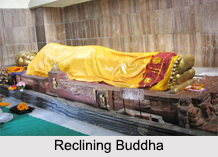 Great Stupa: The Great Stupa at Sanchi is possibly the supreme surviving historical object of the Mauryan Empire and is a renowned Buddhist monument.
Great Stupa: The Great Stupa at Sanchi is possibly the supreme surviving historical object of the Mauryan Empire and is a renowned Buddhist monument.
Great Buddha: Situated in Bodhgaya with 25 m (82 ft) high in meditation pose, the Great Buddha is probably the largest Buddha statue in meditation pose built in India with the blend of brickwork blocks and red sandstone.
Standing Buddha: Situated in Sarnath, Standing Buddha is about 80 ft high. It is a standing statue of Lord Buddha. The standing statue of Sarnath is one of the country`s tallest standing statues of Lord Buddha.
Monolith Buddha Statue: It is the world"s tallest monolith statue of Gautama Buddha. It stands in an island in the centre of the Hussain Sagar Lake.
Reclining Buddha: The reclining Nirvana statue of the Buddha is within the Parinirvana Stupa is 6.10 metres long and is made of monolith red brickwork.
Maitreya Buddha: Situated near Diskit Monastery in the Nubra Valley of Ladakh, the Maitreya Buddha statue is 32 metre tall. Diskit Monastery is also acknowledged as Deskit Gompa is the oldest and largest Buddhist monastery in Ladakh.
Belam Caves Buddha: It is a massive Buddha Statue close to a hillock near the Belum Caves of Andhra Pradesh. The part of cave was recognized as Meditation hall which was used by Buddhist Monks.
The bull capital of Ashoka from Rampurva, Bihar belongs to the third century B.C. is a mixture of Persian and Indian elements. The motifs on the abacus are decorative elements like the rosette, palmette and the acanthus ornaments which have no Indian element at all. The crowning element of the bull capital is a master-piece of Indian craftsmanship, showing a humped bull, well modelled, with its soft flesh beautifully represented, with its strong legs, sensitive nostrils and the ears cocked as if it were listening.
At Dhauli in Odisha, there is a representation of an elephant depicted as if emerging from a rock which has been so cut that it resembles the front part of an elephant including the head and trunk. This representation is in the native tradition of the country.
Excellent specimens of the Buddhist sculptures are revealed in the colossal statues of Yakshas and Yakshis, the deities of fertility and abundance. The Yakshi is a striking example of sculpture dated between 3rd-2nd century B.C. The figure possesses elaborate jewellery and a heavy undergarment portrays the Indian ideal of feminine beauty in her full breasts, slender waist and broad hips.




